
WHAT HEDGE TO CHOOSE?
In the past, hedges were used to mark property lines and to create a visual image for the garden. Today, hedges are not only decorative, but also have many practical functions: they protect against wind and dust, reduce noise, shield from prying eyes, demarcate different areas of the garden, serve as protective strips and barriers for wildlife, etc.

In Latvia, thuja hedges have become very popular in recent years. This is due to our climate – if you want a green and impenetrable hedge not only in summer but also in winter, you should choose a conifer. And thuja trees are a rewarding, affordable hedge planting material, and they grow fast enough.
Many people associate thuja hedges with cemeteries, as they were often originally used as graveyard boundary planting. However, this is just a stereotype. Thuja trees are also called trees of life (Lat. arbor vitae). There are many different varieties of thuja trees available, with different shapes and shades of needles for both freestanding and clipped hedges. Of course, there are alternatives to thuja. Other popular conifers to plant in hedges are spruce, pine, yew and juniper. All you have to do is choose the evergreen that suits your taste.
When it comes to deciduous hedges, mostly all deciduous trees and shrubs in our climate shed their leaves in winter. There are a few exceptions, such as the evergreen ligustrum or beech, but even these can lose some or all of their foliage, depending on the winter air temperature. If the hedge function is only relevant in the summer months, we can choose some deciduous shrubs. The most popular are ninebark, cornus, lilacs, spireas and barberries.

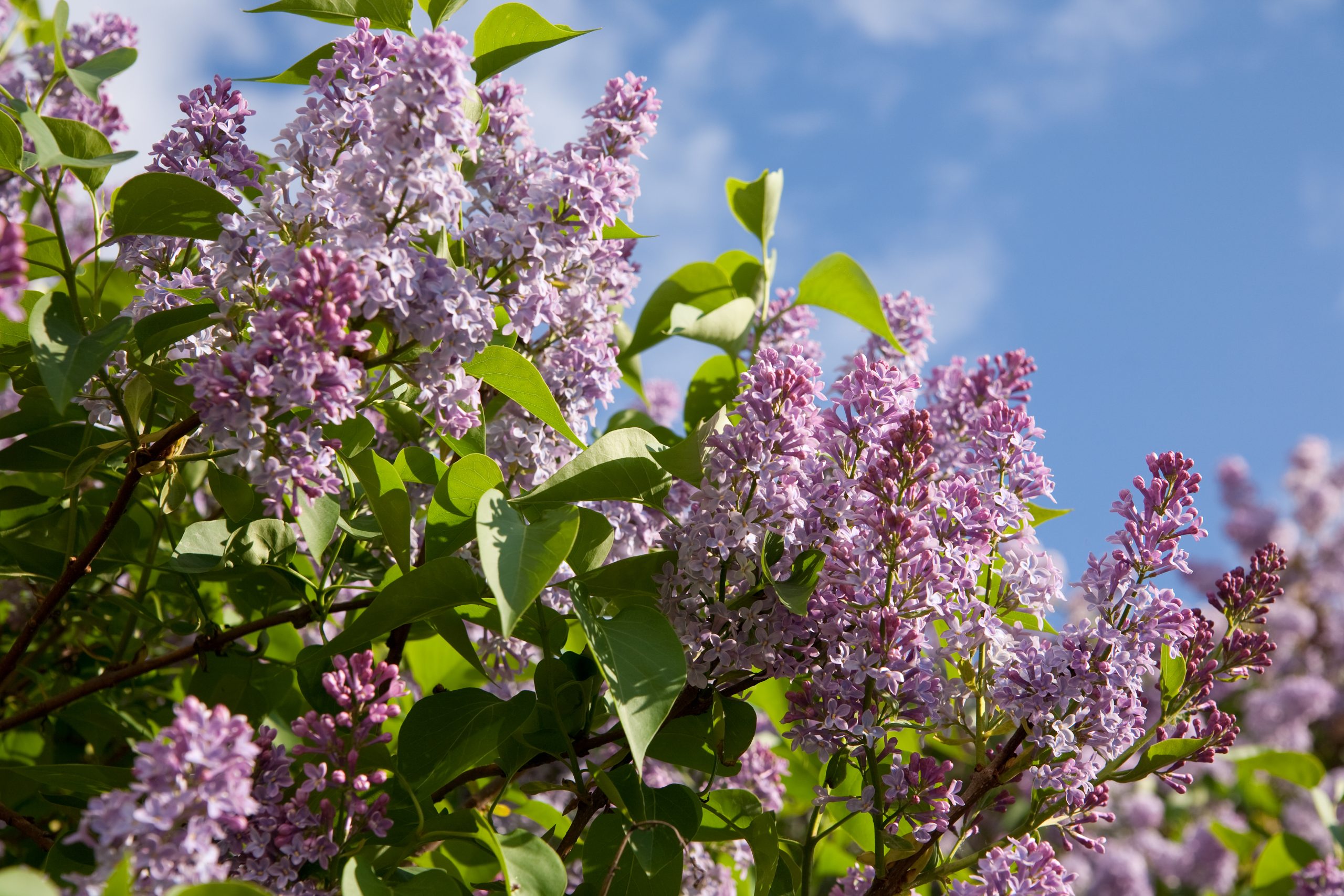
It is also worth remembering climbing vines, which are a very rewarding material for green ornamental walls. They can be grown near fences or have a special support. The extremely beautiful climbing hydrangea will form a dense green wall, which will be even more pleasing when in flower. Parthenocissus turn beautiful shades of red in autumn, but planting them should be carefully considered as they are very aggressive, difficult to get rid of later and will require regular control.
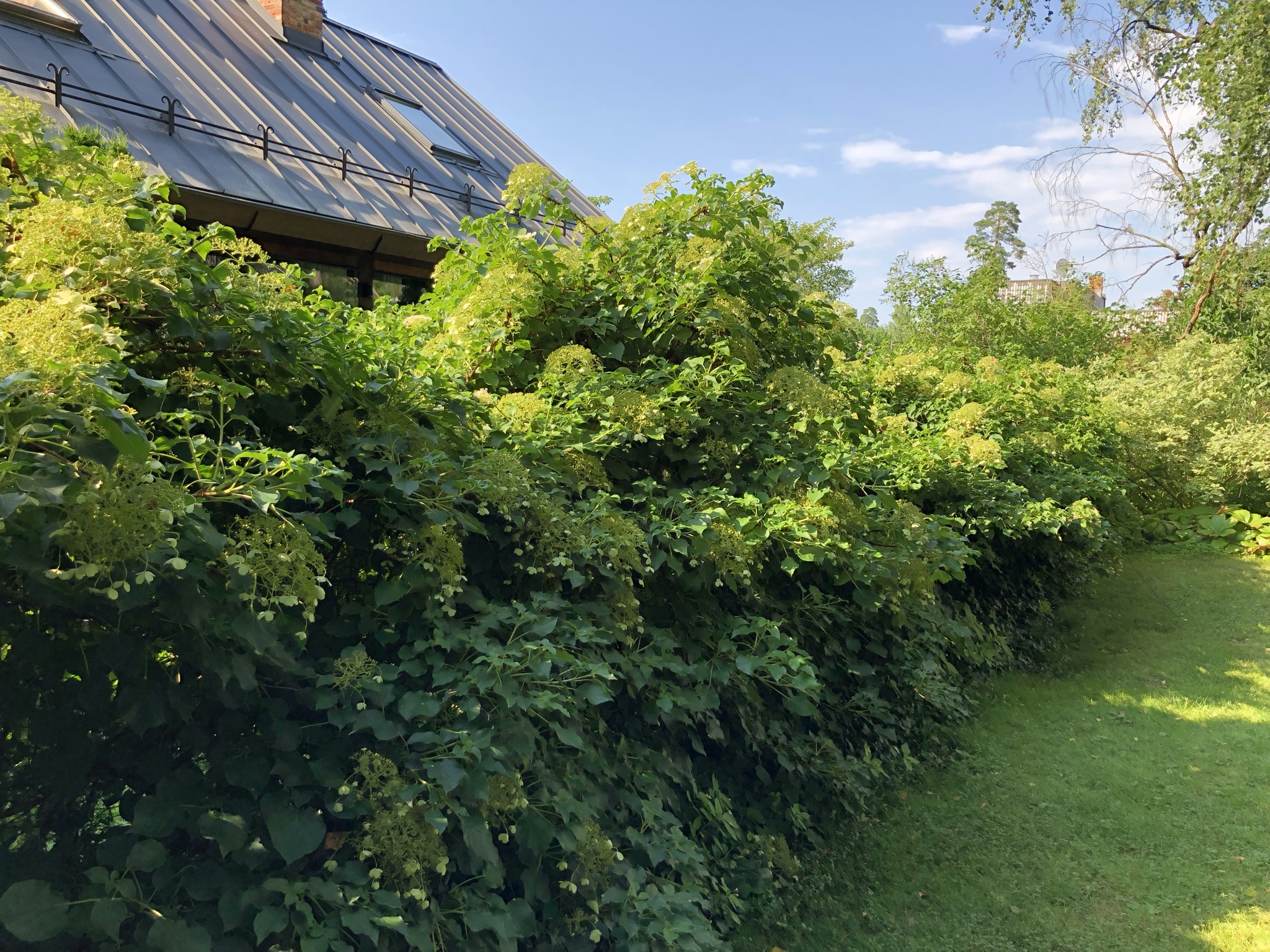
The choice of hedge material also depends on whether you want a clipped or free-growing hedge. It is both a matter of taste and how much time you can spare to shape the hedge. There are both deciduous and coniferous varieties that fit both shapes, but there are also varieties that necessarily need shaping. For example, the Western Thuja ‘Brabant’ will form a dense canopy if pruned regularly.
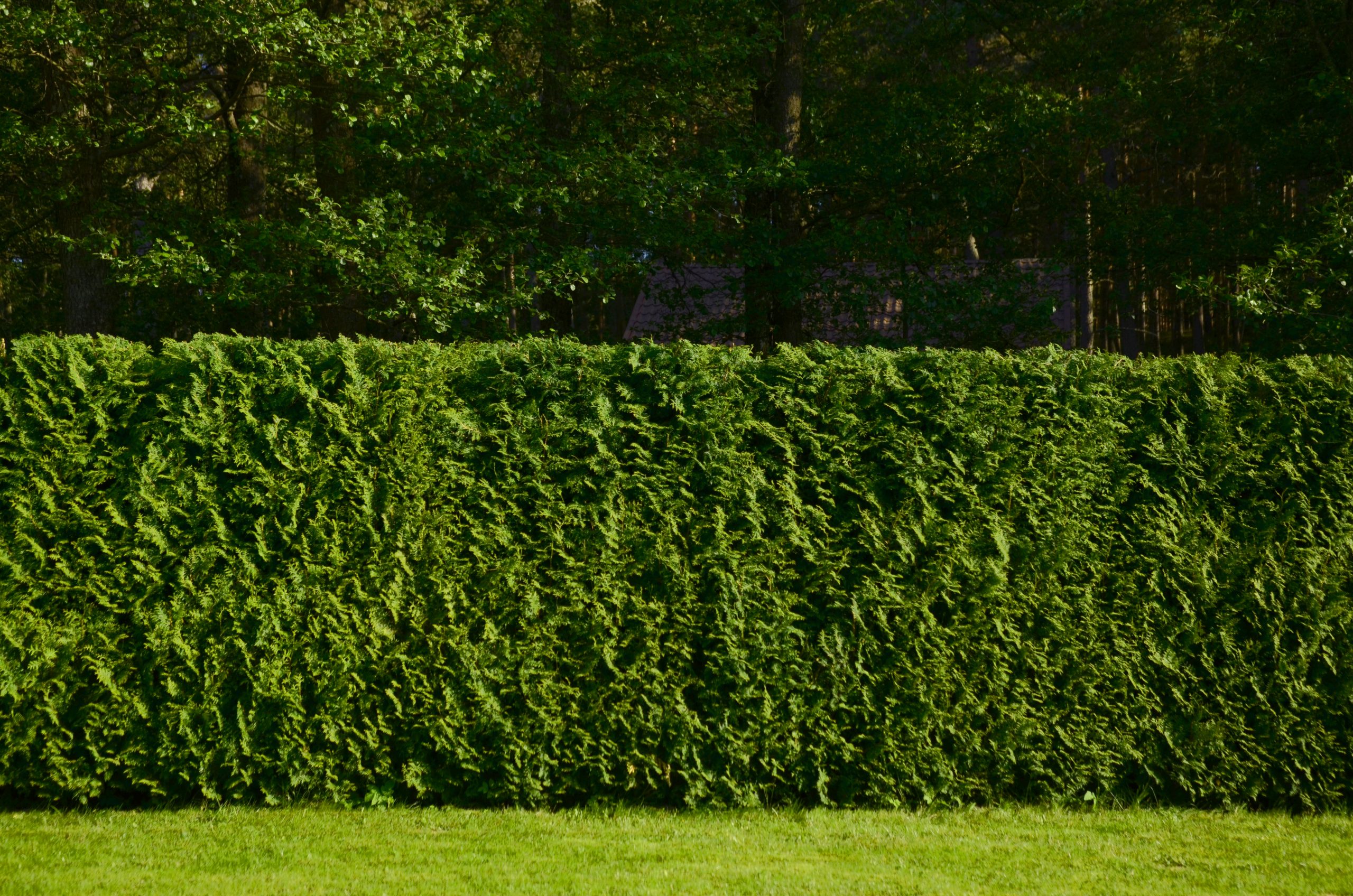
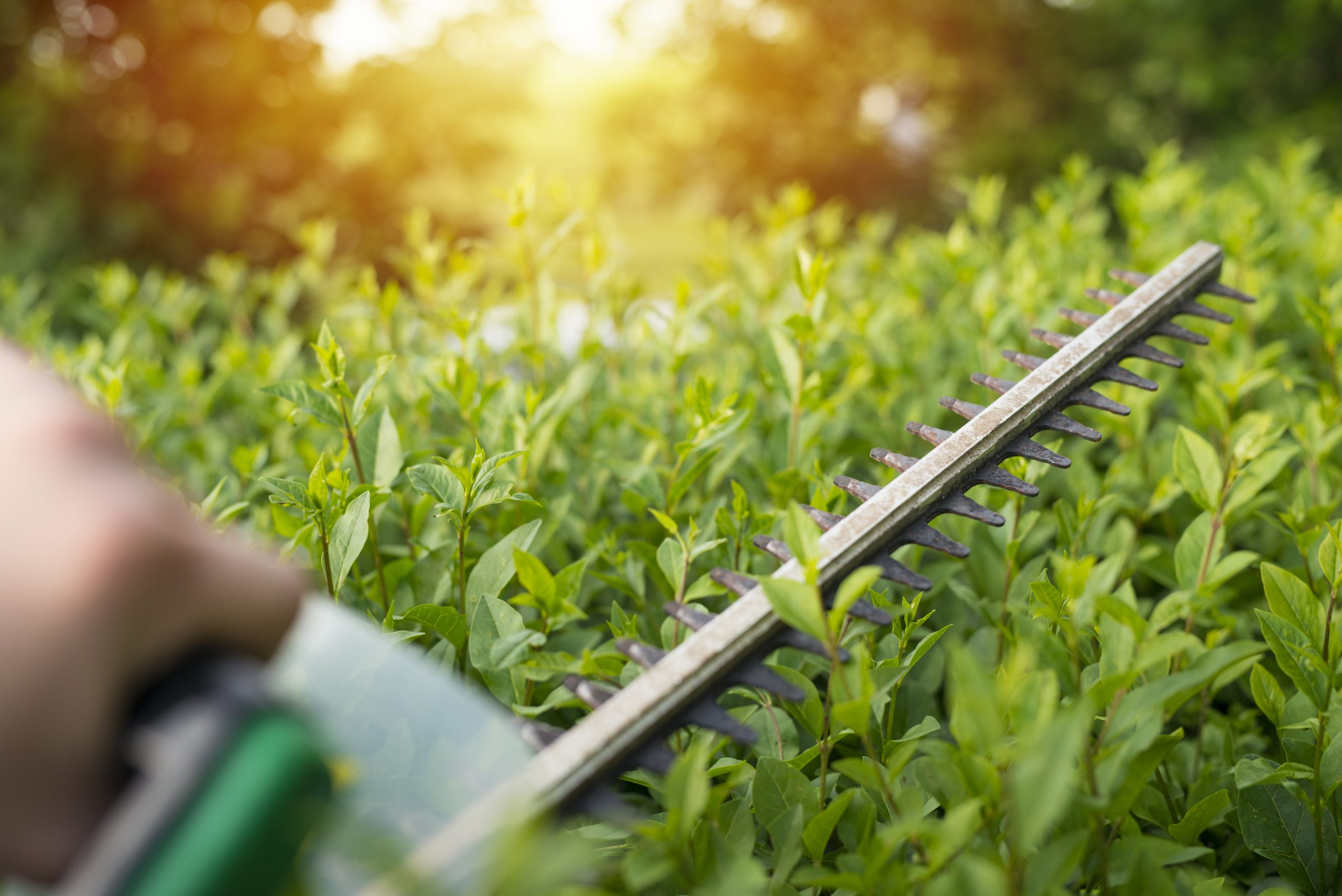
Both coniferous and deciduous hedges will take time to maintain. The annual clearing of the brown (dead) needles inside the crown is a major time-consuming part of hedgerow maintenance. Without clearing, hedges are at greater risk of being exposed to various diseases. Deciduous shrubs shed their leaves in autumn and need to be removed. Both need shaping and, for deciduous shrubs, regenerative pruning to ensure dense and beautiful foliage.
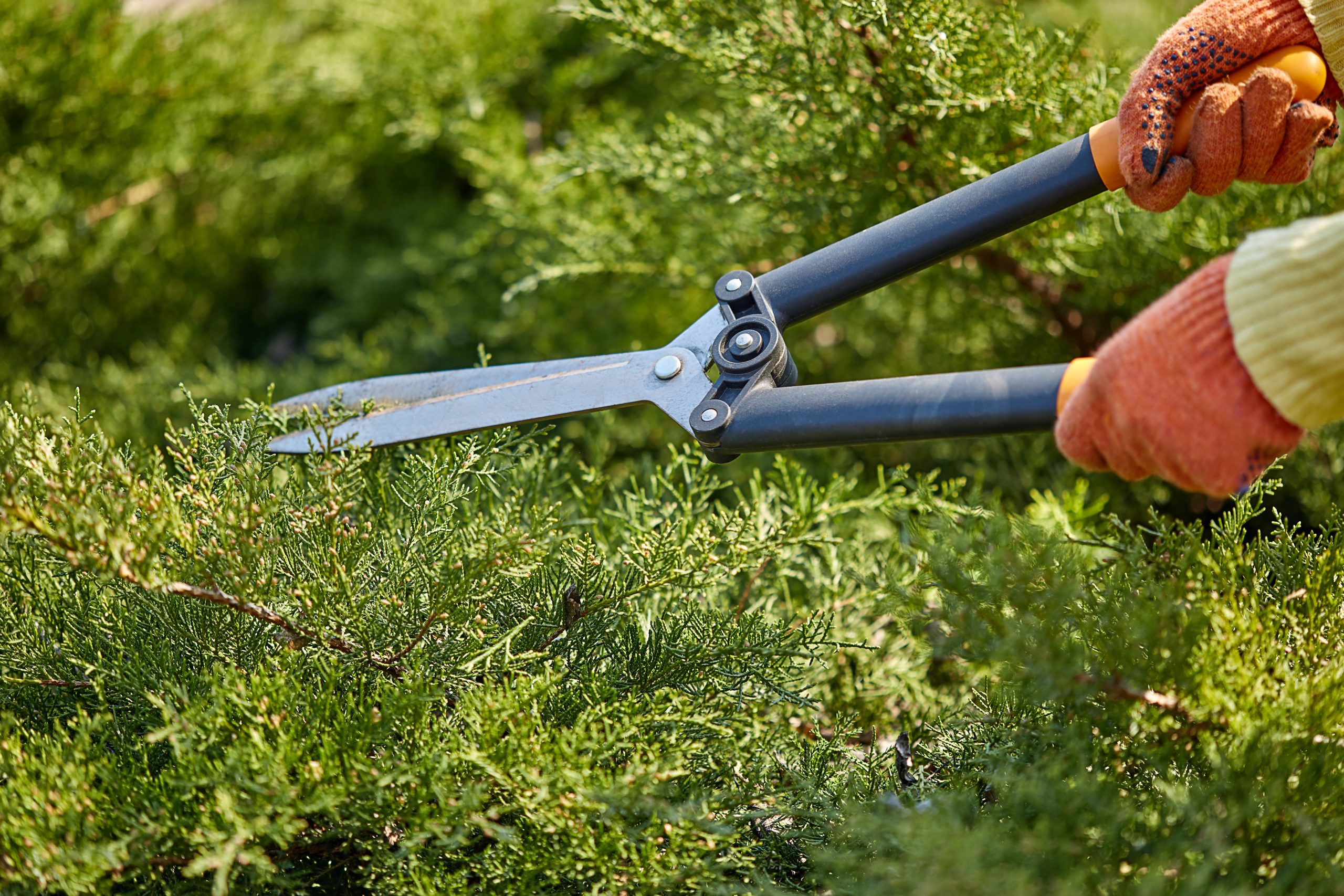
Before choosing a hedge material, consider which of these aspects are important to you:
|
Type of hedge |
Pros |
Cons |
|
Thuja |
|
|
|
Yves |
|
|
|
Junipers |
|
|
|
Spruces |
|
|
|
Pines |
|
|
|
Deciduous shrubs |
|
|
|
Climbing vines |
|
|
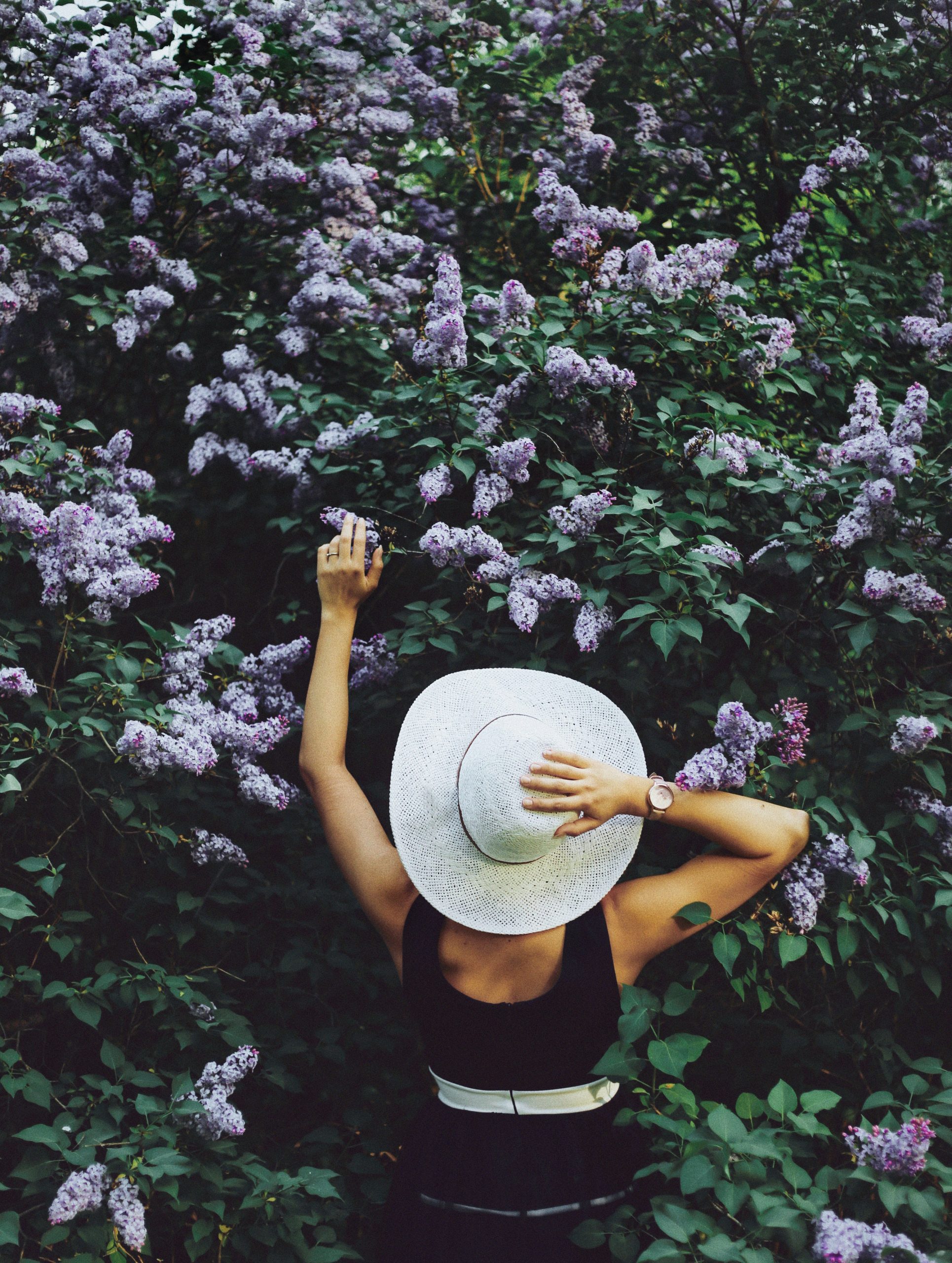
May you find the right plants for your hedge and it becomes a great pride of your garden!
JARDI



